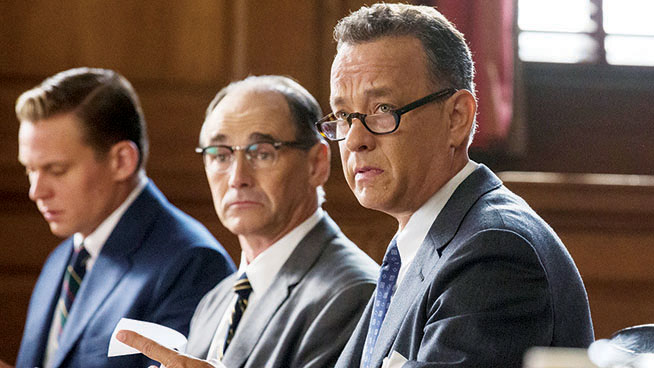
The animated film When Adam Changes fulfilled the third of my annual VIFF goals of seeing at least one feature-length Canadian film. It’s an animated film that tells a common story of growing up the oddball, but done in a unique and entertaining way.
It’s a summer in the 1990’s. A grandmother is dying in the hospital. All the family members surround her. Then the grandmother utters her last words. It’s an insult of the size of the torso of Adam, her 15 year-old grandson. Adam has endured a whole lifetime of insults from her because he’s overweight. Crazy thing about it is her insult makes Adam’s torso grow bigger! After she dies, everyone is in tears, except Adam.
With the grandmother dying, Adam’s family will be having family over to make funerary plans, host gatherings and also have Uncle Mario living with him, his older sister and his parents. With Adam being 15, the father wants him to learn responsibility. He gets him to do things like mow a neighbor’s lawn, take care of the house of his cousin’s, and walk a neighbor’s dog. The latter is a bizarre case as the previous walker takes the bags of droppings and hangs them from a neighbor’s tree. Adam’s not too happy about that. He just wants to hang out with his equally awkward best friend, play video games or watch action movies.
As the family and other relatives make funeral plans and arrangements, Adam goes about his duties the best he can. He even disposes of the dog dropping properly. However problems arise. In the area of his dog walking is a boy named Pierrot. Adam knows Pierrot. Years ago, he was encouraged to befriend him on the playground. It went well until an accident Adam caused led to a big gash on Pierrot’s face. The scar from the accident is still very noticeable on Pierrot’s face and Adam is afraid to make eye contact with him To add to his problems, he learns a bully from his school lives close by. He’s going to take pleasure in being mean to Adam. Adam does see a possible ray of hope in his girlfriend, who’s also a classmate of his. He notices she takes a liking to him. Can he win her?
As the days pass, the funeral happens. Adam does his best to speak about his grandmother, as all her grandchildren were to say something about her. It’s not easy since she was so mean to him, but he pulls it off. After that difficult task, Adam goes about doing his duties. It’s not always easy as the school bullies are harassing him and seeing him being left out of parties makes him feel like a misfit. To add to his personal insecurities, his sister has a boyfriend who doesn’t look like the type to trust. On top of it, he keeps seeing Pierrot walking down the sidewalk with a long metal rod. Why? Is it personal? Does Pierrot hate him from that incident from long ago?
One day, Adam has a ray of hope. The bully’s girlfriend invites him to Marianne’s party. His best friend encourages him. Things do not go all that well. It’s crazy but Adam wants to do something to be popular and win her love. He fantasizes being the hero as he watches the action movies. Then he tells her a party at his place. Hopefully this will make things work out.
Adam’s been waiting for this moment. He’s even watched some of his action movies to make him feel big. Then the doorbell rings. She came! But shoe brought friends along, including her boyfriend. This is going to be a long night for Adam. The party doesn’t go well and his sister caught her boyfriend cheating. Suddenly Adam sees an opportunity with his classmate. She gets into a scuffle with her boyfriend, but he turns abusive to her. That’s it. Even though he may have bullied Adam in high school, Adam’s not taking it and he gives him a piece of him with moves he learned from the movies. The bully’s down on the ground. Adam things he won her, but i9t’s not the case. Dejected, Adam leaves the house. He notices Pierrot and that the reason for the metal rod was to take the dog dropping out of the tree and sending them to the original walker. Adam helps and it turns out a friendship between the two was there after all. The film ends with Adam at the couch with family.
Let’s face it. The teenage years are the years you both love and hate. You love it for the best music and best movies of your life. You hate it because of all the jerks and mean peers you have to deal with. I’ve even said that high school is a total social “torture chamber.” I think everyone can remember the false sense of superiority some students had or the many times peers made one feel inferior. We see that in Adam as he’s often fat-shamed. He wants to fit in, but he also has his hopes on a bigger prize: that girl. Can he win her? He looks like he can win her and he has a chance.
Watching the film will remind us of our teenage years. They’re some of the best moments of our lives and some of the worst moments of our lives. The film does a good job in displaying that in a humorous form that can make us laugh off even some of our worst high school memories. It also doesn’t miss in showing some of the ugly cases of teenage life such as use of substances, bullying, infidelity and abuse. Even that thing where someone hurls an insult at an aspect of Adam’s body and that aspect grows, wasn’t it just like us back in our teen years? Didn’t we also feel that same way the instant somebody taunted us about a physical flaw of ours, whether it be minor or major? I guess that’s what the film is intended to do. Remind us of our teen years as the most frustrating years of our lives, but in a humorous way.
The film ends with a touching moment where the protagonist gets the message that despite the garbage and pressures around you, it’s important to surround yourself with people who care about you. There’s Adam with his teenage sister, Uncle Mario, his parents and his best friend watching a movie. Leaving the peers who used him and crashed his party somewhere else. With the frustrations that come with being a teenager, I guess that’s what you need to have. Have a time to be around the people who make you feel good about yourself. That scene is a good “To hell with it,” to the garbage of teenage peer pressure.
This is a unique story and film by Joel Vaudreuil. Up until now, Joel has had experience in creating animated shorts and even directing music videos. This is his first attempt at making an animated feature and it’s impressive. Its 2D animation is unique in its style and fits the story well. Vaudreuil also gives a story that does hit close to home but in a humorous way. Yes, the teen years were a hurtful time for all of us, but it’s able to make light of it well. Even some of the nastier moments of our lives. Very impressive first feature-length film.
This film has already won an award in animated film. The Ottawa Animated Film Festival made it the Grand Prize winner. The Annecy International Animated Film Festival made it a nominee for the Contrechamp Award for Best Film.
When Adam Changes is an enjoyable animated movie. It’s another example of how Canada keeps on sending out winning animation time after time. It’s also a good reminder of why you’re glad your teenage years are long over!

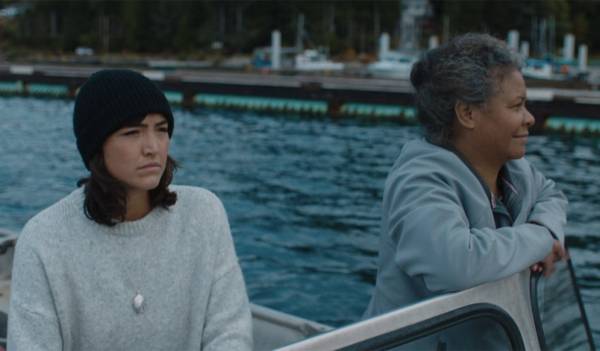

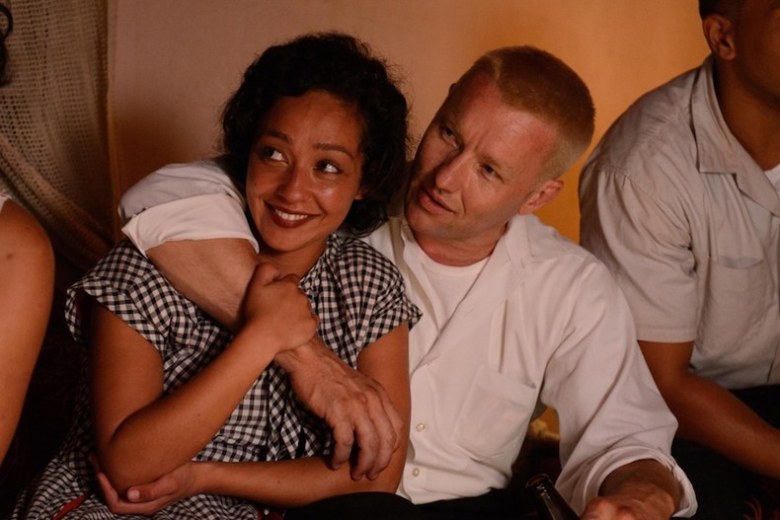
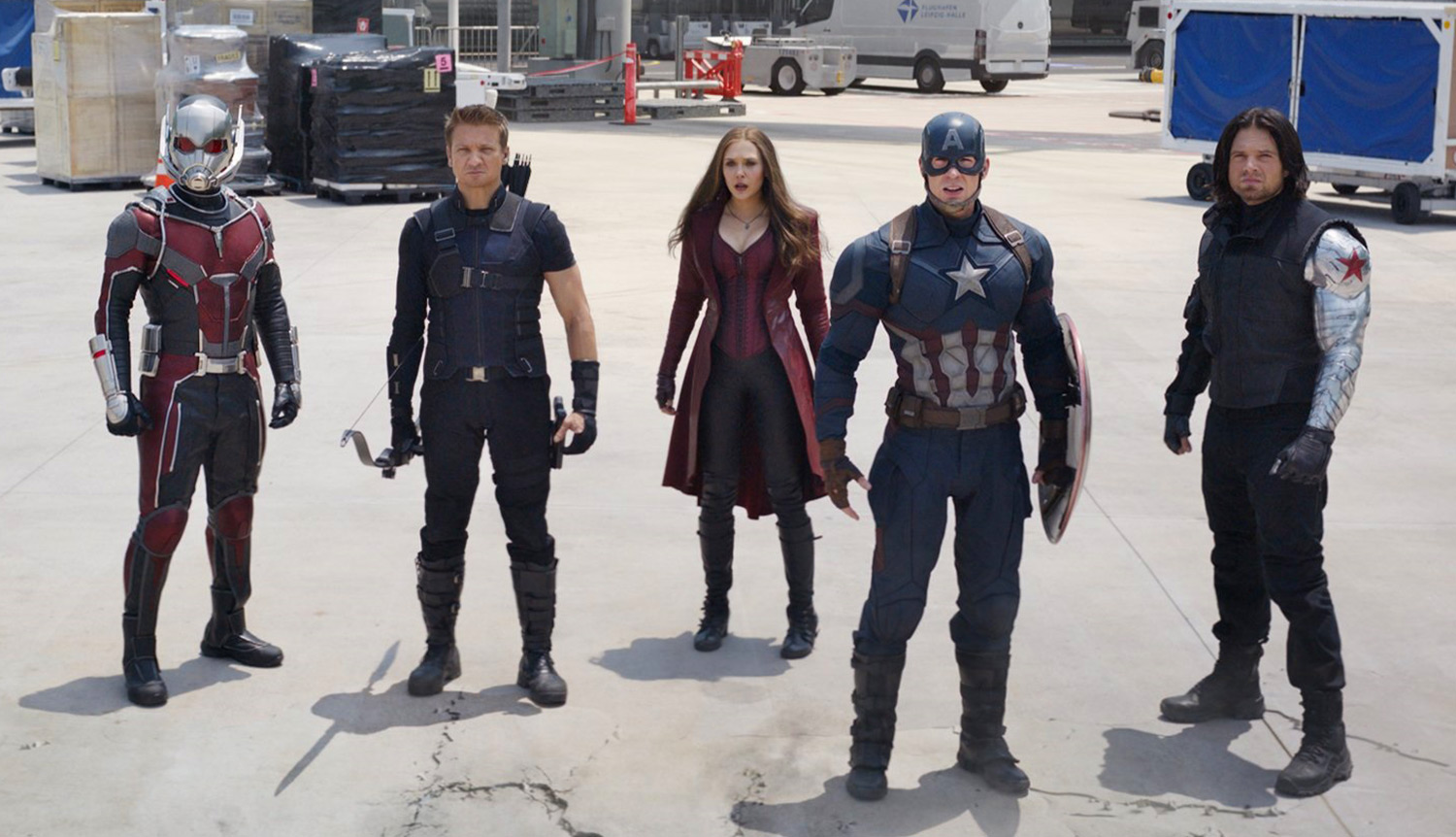 While DC Comics has the two biggest superheroes, Marvel’s edge is its multitude of different superheroes: take your pick. This time around in Captain America: Civil War, the focus is on Captain America. Or is it?
While DC Comics has the two biggest superheroes, Marvel’s edge is its multitude of different superheroes: take your pick. This time around in Captain America: Civil War, the focus is on Captain America. Or is it?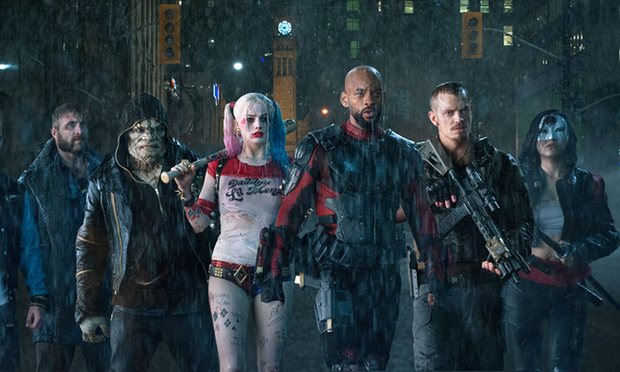 There’s something about the knack to do an anti-hero movie. We saw that with Marvel when they released
There’s something about the knack to do an anti-hero movie. We saw that with Marvel when they released 